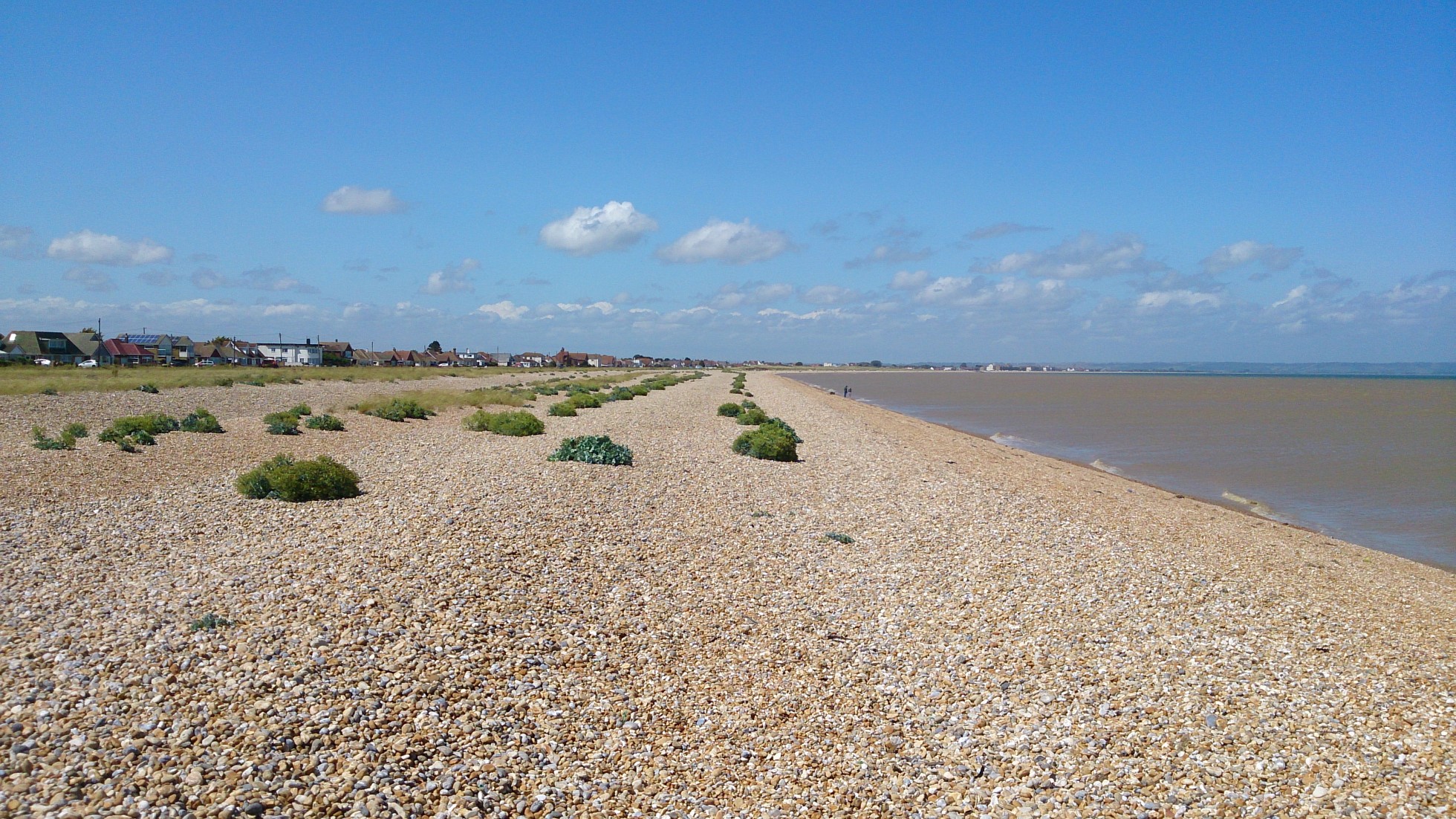Kangaroo Courts and Sea Kale: Conservation Bullies and the English Law Cult...
I am today reeling from two days at a legal hearing regarding sea kale harvesting at which I have had a shocking encounter with the violence and deceit of state Bureaucracy. I have found myself on the receiving end of psychological warfare tactics more in keeping with a totalitarian state or the Spanish inquisition, than an appeals process - the First Tier Tribunal for the Environment - set up with the express purpose of 'instilling confidence in the regulator', in this case Natural England, whose official mission is 'to put people at the heart of the environment' but who in practice are hell bent on wasting tax payer's money on a legal battle to ban activities which promise to restore people to such pride of place, namely: foraging.
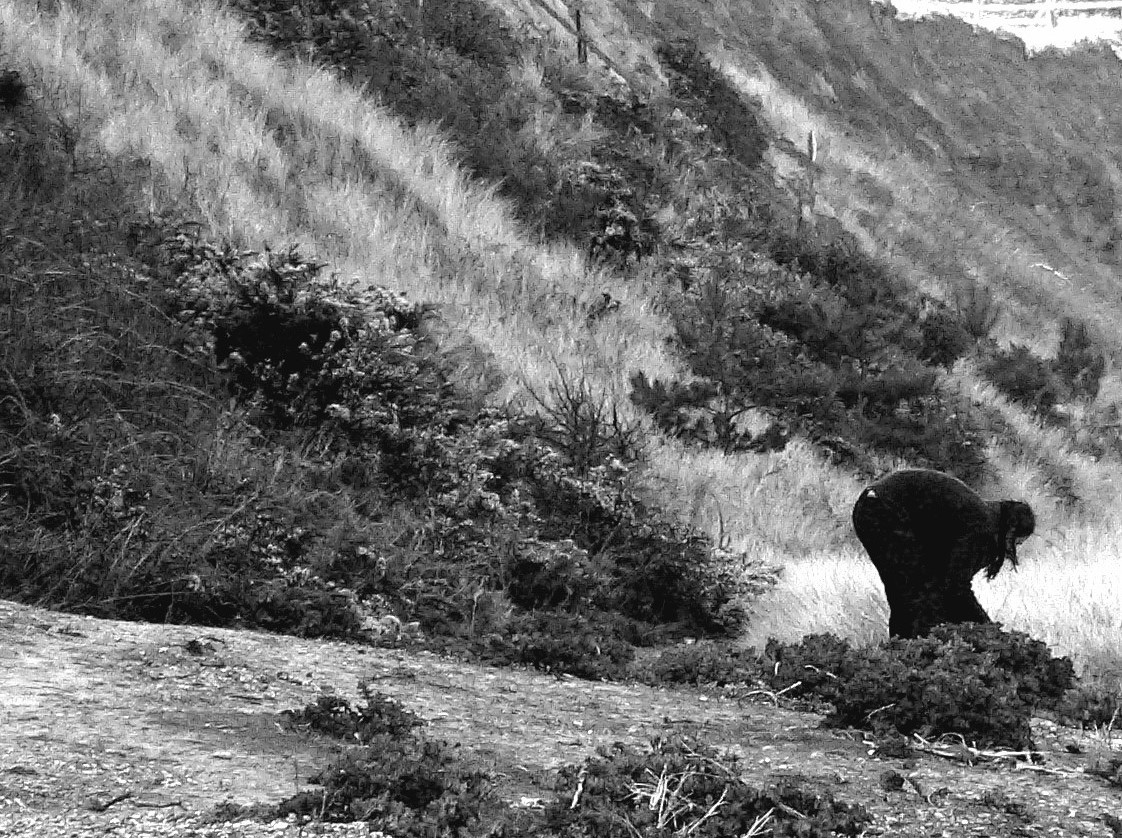
Before I flesh out the detail of this ordeal, let me give some background. The hearing was the latest episode in a three year saga of our legal challenge to a stop notice served on us by Natural England in April 2015, preventing us from picking sea kale from Dungeness (a site which has more sea kale than any other site on earth) Site of Special Scientific Interest (SSSI). SSSI's are often places - such as farms - where lots of human activities take place. Their purpose is therefore not to prevent human activity but rather to ensure such activities are not damaging. The stop notice served on us asserted that harvesting sea kale leaves 'caused or risked causing serious harm to the environment'. I later looked that up and found that according to existing legal definitions summarised by Defra, this meant ecosystem collapse! The notice also contained number of factual inaccuracies, for example calling sea kale a keystone species (more about that later).
For those who don't know the of our (Forager Ltd) work we are a social enterprise working to change the relation between people and land to one more in keeping with the benign relation of hunter gatherers to their surroundings. We see making use of a wild plants as a way to restore the lost bonds between people and places, to the benefit of human health, social cohesion and biodiversity. All the main biodiversity hot spots on the planet are under indigenous management, meaning they are in places where people make use of wild resources. We are trying to edge Western societies back to these ways, through commerce, education and other mediums of communication. For more background, have a look here and here.
The background to the stop notice itself is that we had tried for years to find a way to harvest with NE's blessing, at reduced levels, in a restricted area- anything they were willing to suggest- and enter into dialogue with NE regarding foraging more generally, including approaching them in partnership with DICE at the University of Kent with the offer of a conservation biology Phd student who would design and implement a study to look at the effects of commercial foraging on coastal ecology. I travelled to London twice to meet with key Natural England figures, including then head of plants, Jill Sutcliffe, and coastal officer for Kent Ingrid Chudleigh, but nothing came of it. We never received information regarding any procedure by which we could obtain permission, just blanket refusals; the research proposal was declined because 'we don't see commercial foraging as a threat to coastal ecology' and no clear guidance was given regarding legislation relevant to foraging on the coast or at Dungeness in particular. Since we knew our activities were benign- we cut some leaves and they grow back, just like pruning, mowing the lawn or cropping vegetables- we could not see the relevance of the legislation they did mention, which concerned 'operations requiring consent' before being carried out by 'owners and occupiers' lest they cause 'serious harm to the environment' or result in 'damaging interest features for which land is of interest'. Since we neither owned nor occupied (that means leasing the land or doing contract work for the landowner) Dungeness and none of this seemed to have any bearing on the gathering of sea kale leaves, we decided to carry on foraging.
It all came to a head one morning in July 2015 when NE called the police out to talk two of us who were harvesting near Lade Car park. No arrests were made, confirming what we had been reasonably sure of all along- that no crime had been committed. Several months later I received an officious letter demanding that I put in writing a solemn promise that we would not pick sea kale there again, with a vaguely couched 'or else' in the concluding paragraph about some sort of 'further action'. I wrote no such letter, and some time later they made good the further action threat with the stop notice.
We decided to appeal the stop notice and there was a hearing in July of 2015 at which I was able to question NE's witnesses about the core facts of the case. I presented Jo Dear, who put her name to the stop notice, with photographs taken a few days prior to the hearing of numerous plants which would have been harvested the previous year. I asked her to point to any signs of damage, which she was unable to do but avoided saying so. I asked her repeatedly whether she could see any signs of damage, and eventually, with the support of the Judge Peter Lane, asked Jo to answer yes or no. She instead gave a long winded reply I could not follow the sense of. I looked to the Judge for assistance, who said: “Mr Irving, you can ask the witness to reply yes or no, you cannot compel her to do so.” Keep this in mind, since at this week’s hearing, the Judge felt it his duty to compel me to do precisely that! Jo Dear was also unable under questioning to draw any meaningful distinction between pruning and coppicing and the picking of sea kale leaves- unable to say why she thought picking leaves damaging but coppicing or pruning not. Thirdly, I had to correct her mistaken view that sea kale has a tap root: mature plants in fact have three or more lateral roots (each as thick as a man's wrist and up to 2 or 3 metres long). This may seem trivial, but the point for me is that Natural England seem to have relied throughout on some sort of defacto scientific authority, yet the person with sole responsibility for this site has only the most basic knowledge of the biology of the sea kale which is the most dominant species there.
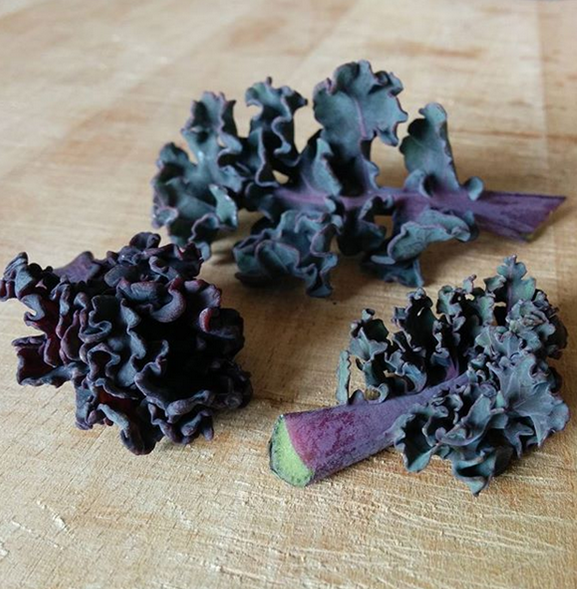 Jonathan Cox was NE's plant expert witness. He was unable to suggest a mechanism by which plants could be harmed by having their leaves harvested but expressed a concern that they might be. I did my best to reassure him, based on expert opinions of two botanist friends: David Pearman who wrote the sea kale entry for the atlas of the British Flora and Martin Sanford, author of The Flora of Suffolk. I also referred to NE's own reference paper, the sea kale entry for The Biological Flora of the British Isles. This paper describes how sea kale is adapted to survive catastrophe, its massive root system being an emergency energy store which enables it to grow through over a metre of shingle- sea kale does periodically get buried under these kinds of depths during storms. However, Jonathan was concerned about historical records in the county floras of Dorset which implied that sea kale populations had declined in the past due to harvesting. I was later able to obtain a thorough rebuttal of this view from David Pearman, who has researched these historical records and found them to be highly inaccurate but on the day I could only acknowledge his concerns as genuinely felt and ask him to say what was the worst he thought could happen as a result of harvesting of sea kale at Dungeness. This was his response: “I think that if you carried on picking as you are, then others also came and picked more than you do and more often, after 150 years the sea kale colony would collapse”. You could have heard a pin drop. I thought, well that settles it, even if his worst fears prove justified that's an incredibly long time scale and no-one could reasonably believe (remember that phrase for later) that our activities- the only activities of relevance to the stop notice- could in themselves pose any immediate threat.
Jonathan Cox was NE's plant expert witness. He was unable to suggest a mechanism by which plants could be harmed by having their leaves harvested but expressed a concern that they might be. I did my best to reassure him, based on expert opinions of two botanist friends: David Pearman who wrote the sea kale entry for the atlas of the British Flora and Martin Sanford, author of The Flora of Suffolk. I also referred to NE's own reference paper, the sea kale entry for The Biological Flora of the British Isles. This paper describes how sea kale is adapted to survive catastrophe, its massive root system being an emergency energy store which enables it to grow through over a metre of shingle- sea kale does periodically get buried under these kinds of depths during storms. However, Jonathan was concerned about historical records in the county floras of Dorset which implied that sea kale populations had declined in the past due to harvesting. I was later able to obtain a thorough rebuttal of this view from David Pearman, who has researched these historical records and found them to be highly inaccurate but on the day I could only acknowledge his concerns as genuinely felt and ask him to say what was the worst he thought could happen as a result of harvesting of sea kale at Dungeness. This was his response: “I think that if you carried on picking as you are, then others also came and picked more than you do and more often, after 150 years the sea kale colony would collapse”. You could have heard a pin drop. I thought, well that settles it, even if his worst fears prove justified that's an incredibly long time scale and no-one could reasonably believe (remember that phrase for later) that our activities- the only activities of relevance to the stop notice- could in themselves pose any immediate threat.
However, when the FTT later gave its judgement on this case it referred at length to Mr Cox's written and oral evidence without mentioning this. The most important statement made at the hearing was thus considered of insufficient weight to warrant mentioning. At the more recent hearing, the other two NE witnesses perjured themselves through their lawyer James Maurici who said on their behalf that they had no recollection of Mr Cox having made such a statement. I will come back to this point later.
Next up was Sue Rees, NE coastal habitats 'expert'. Her evidence completely threw me. She argued that all sorts of plants ought to be present where we harvest sea kale and gave a complex technical and theoretical argument which implied that people merely walking along the ridges where sea kale grows was preventing these plants from growing. This argument hinged on the (falsely) alleged presence of lots of seeds in the shingle – blown there by wind or washed up there by storms- and also of small particles of organic or mineral matter. She said that walking on shingle or “trampling” worked seeds too deep down for them to grow and the particles too deep for them to either act as a food source or to retain moisture for seedlings. The problem for Ms Rees (I later discovered) was firstly that at Dungeness the shingle contains no such fine particles (other than humus beneath the sea kale plants) and that two of the plants she mentioned will only grow where humic particles are present. This is stated in the academic paper by Brian Ferry which she referred to in attempting to make her case. Ferry also describes sea kale as characteristically occurring in pure stands (I.e. with no other plant species) at Dungeness. Furthermore, in Jo Dear's witness statement she had stated that the vegetation at this site was a good example of vegetative succession on a shingle beach- in other words it was developing as it should, with no suggestion of plants being missing due to trampling or any other factors.
The hearing concluded with both sides going away to write final submissions. While putting mine together I stumbled across information about other activities at Dungeness and had to ask for (and obtained) permission to enter this as evidence. NE had approved a plan to resume digging shingle up from Dungeness point to protect Dungeness B nuclear power station. On the East Coast where we harvest the beach is meant to be increasing in size (a process known as accretion), as storms and high tides throw shingle up and create new ridges. In 2006 Jo Dear estimated (see here) that shingle extraction since the 60's has resulted in the non-development of 20 hectares of new beach. You can see why NE might want to prevent extraction from resuming after the planning licence expired in 2004. At the hearing, much has been made of what an internationally rare and precious vegetated shingle is (I agree), and yet here we have an industrial process preventing development of brand new, pristine vegetated shingle. In fact NE had a legal obligation to oppose it: Dungeness is a Special Area of Conservation and under the Habitat's Directive, NE's statutory duty is to 'maintain the favourable conservation status of the site' (see this document - in particular pages 5 &7). That status for Dungeness SAC includes allowing 'no interference with the natural process of accretion' of the beaches. Any shingle extraction whatever from the Borrow Pit at Dungeness would have this effect because the East coast build up is mostly with shingle washed round from Dungeness point. If it is dug up and moved, it won’t wash round the coast and build up new ridges on the East Coast. And so NE quite rightly opposed a new planning application submitted in 2006.
However, when a new planning application was made in 2011 they were willing to allow extraction, provided that 100,000m2 of shingle built up (accreted) on the East coast, thus placing a limit on the interference with the accretion process. Yet NE's obligation in maintaining the favourable conservation status of the site is not to limit interference but to allow 'NO interference with the natural process of accretion'. The shingle extraction is not necessary; it merely saves EDF energy money it would otherwise need to spend buying in shingle from elsewhere. It's not in the public interest- only EDF shareholders benefit. And EDF don't even pay UK tax. What persuaded NE to compromise their statutory duty in this way?
Anyway, I made submissions detailing this and also responding to what had been said by NE witnesses both at the hearing and in their written statements. I presented a summary of what UK and European law says about serious harm or damage to the environment (a Consulatation paper by Defra pointed me in the right direction). It comes down to the phrase 'site integrity effect' which means ecological collapse or the undermining of the whole ecology of a site such that it is unable to maintain its overall structure and function. I argued that removing a few sea kale leaves could have no such effect. However, we lost our appeal. The Judgement of the FTT was basically a restatement of NE's most outrageous and specious arguments as if they were credible and as if they had not been rebutted conclusively and in great detail with references to the academic papers NE had presented in support of their arguments. Most of the detail of my argument was completely disregarded. And as mentioned earlier, Mr Cox's 150 years statement received no mention at all. I was shell shocked and resolved to appeal against the judgement.
By this point I had realised we badly needed help. I had so far done all the legal parts myself: researching the law, reading academic papers and presenting the arguments in written and oral form. However, it had consumed months of my time and pushed me to the brink psychologically. I sent out an e-mail asking for legal help to as many people as I could think of.
To my extreme delight I received an email from Richard Macrory QC, who had reccomended (and in effect drafted) the stop notice legislation as well as advising the government to establish the very appeals process we had gone through at the First Tier Tribunal. He pointed out that stop notices are not banning orders but instruments to allow regulators to provide a route – steps to comply- for businesses to change how they do something if the current methods are causing harm (to people, the environment or the economy). Our stop notice however, contained no steps. In Richard's view, it was therefore not a valid stop notice.
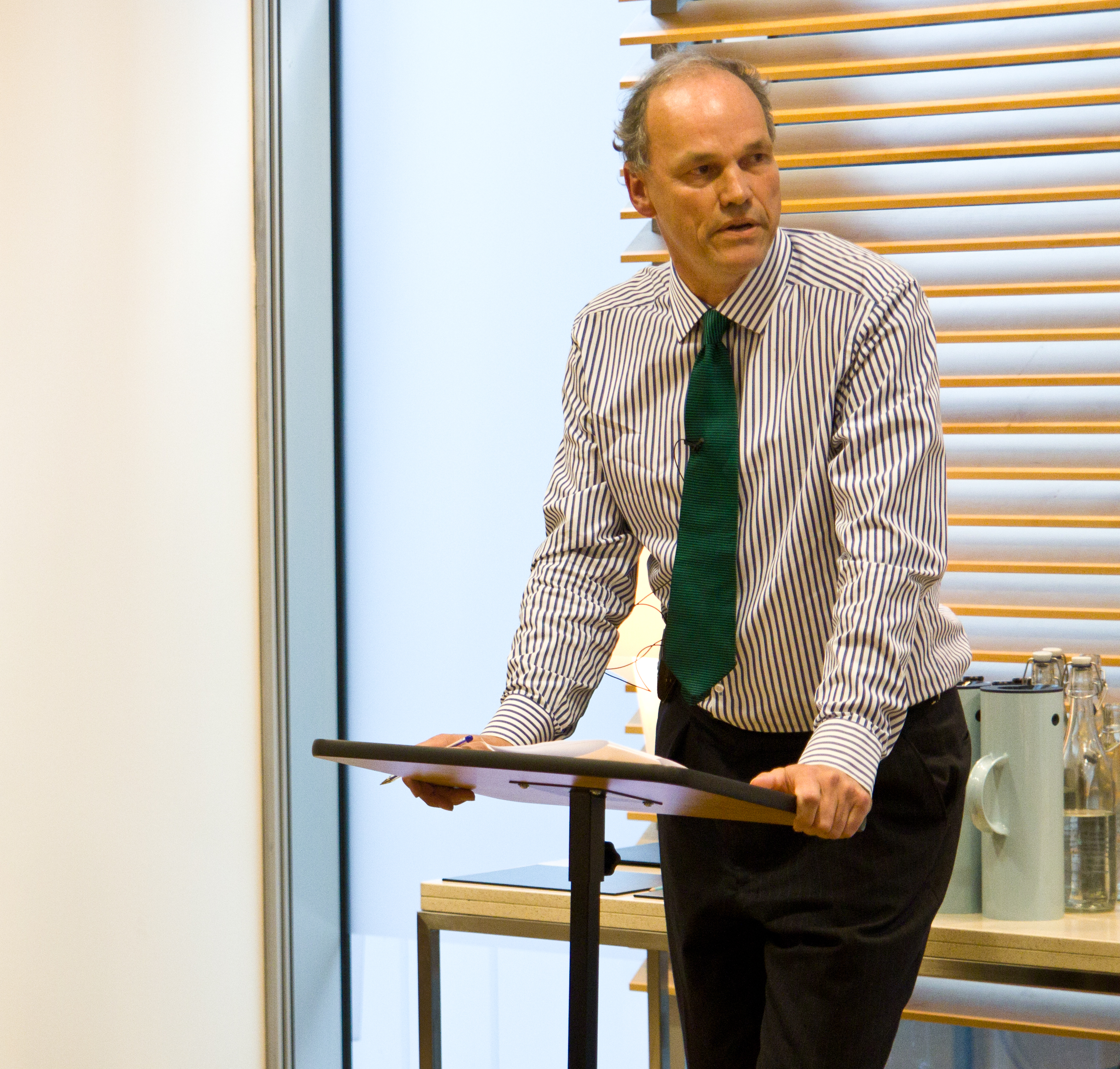
David Hart QC
He proceeded to find us a lawyer to make this case at the Upper Tribunal: one David Hart QC, Head of the Environmental Law Foundation and keen fellow forager, who has since that time represented us along with his pupil barrister Jessica Elliot on a pro bono basis. At the same time I obtained detailed expert witness statements from David Pearman and John Akeroyd and John expressed his willingness to appear as our expert witness.

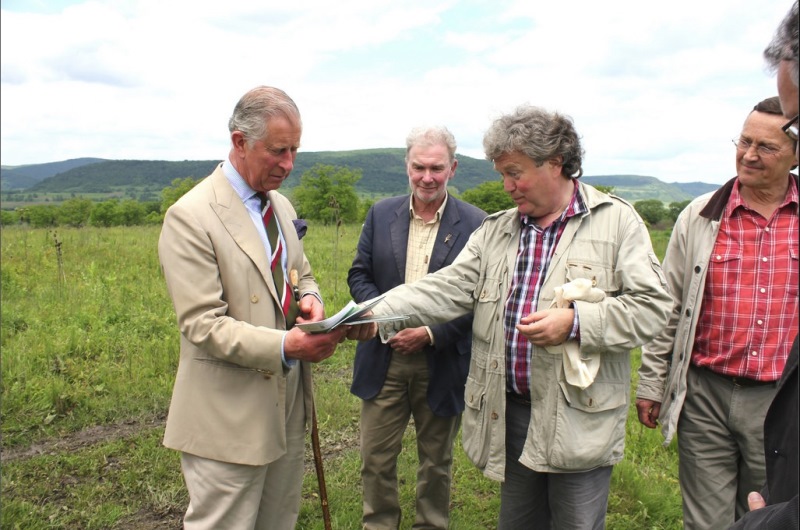
Dr John Akeroyd
John is the UK authority on two major plant families, the Docks and the Goosefoots, which form an important part of the shingle vegetation; has a Phd in shingle vegetation ecology and both discovered and named one of the plant species Sue Rees had claimed was missing from the younger shingle ridges at Dungeness, Rumex crispus subspecies litoralis (John is quite clear that it could not and should not be there). He also authored Annex 2 of the EU Habitats Directive, which NE's capitulation to EDF's business interests is in breach of (the directive, not John's Annex).
We won our appeal to the UTT on limited grounds: that the stop notice lacked steps which should now be added. The case was sent back to the same panel which had previously ruled against us for the steps to be decided and added. In the meantime, Judge Peter Lane had been made a high court judge (God help us) so another judge was appointed, one Chris Hughes who has biological qualifications. This gave me a ray of hope which has sadly proved unjustified.
NE, seeing that we now had high powered legal representation, appointed their own QC James Maurici. Bizarrely, Maurici had taken Richard Macrory to task in a legal journal a few years previously to the effect that stop notices would deny people the right to a fair trial under the Human Rights Act! Stop notices were designed as civil sanctions to prevent businesses being criminalized. However, Maurici pointed out that it’s better to be criminalised with a right to a fair trial, where the CPS has to prove damage has occurred. Under stop notice law, all NE has to do is satisfy the Tribunal that they 'reasonably believe' that damage is likely! Macrory's answer had been that an effective appeals process should safeguard business from abuse of this civil sanctions regime. Hence his role in advising the government to set up the First Tier Tribunal environmental appeals process. How ironic then, that Maurici should himself be the key player in the miscarriage of justice which continues to unfold within that very appeals process through the instrument of stop notices, just as he so insightfully foresaw..
So to this week’s hearing, at which I was subjected to prolonged bullying from Maurici, with Judge Chris egging him on. Maurici asked leading questions and demanded yes or no answers. Feeling unable to answer in such terms, I tried to address the presuppositions behind the questions so as to answer them properly. The Judge interrupted and shouted at me to the effect that I was compelled answer the questions in a yes or no form. I am not aware of any legal basis for this proscription. Certainly, if there is any such thing, it had not been considered to apply during the previous hearing, when Jo Dear had failed to answer my questions with either yes or no. In fact, both Sue Rees and Jo Dear has at this week’s hearing repeatedly failed to directly answer questions put to them by David Hart QC. It felt like a feeding frenzy between Maurici and the Judge attempting to corner me into making seemingly self-incriminating statements by disingenuously worded questions. I was treated like a criminal in the dock, not an appellant reeking redress against abuse of a regulatory instrument. I am currently submitting a complaint for misconduct against Judge Chris Hughes.
Maurici then proceeded to plumb the depths of dishonesty and psychological viciousness. He asked about a paragraph in my statement which alluded to Jonathan Cox's 150 years. He pointed out that the FTT judgement had not mentioned it to which I replied ‘Why not ask your clients here, because they were there too and heard him say it’. He replied saying that he had done so, and that they had no recollection of any such statement! Bear in mind this was said before the expert member Brian McCaughey who was also there. I deeply regret not asking him there and then whether he remembered Mr Cox saying it. It's like one of those nightmare scenarios where people jointly conspire to pretend things never happened, to make a person appear insane for believing that they did. We have 6 witnesses to the fact who were also present at the first hearing but none of them had a voice at the hearing.
I pointed Maurici to another paper by Ferry (see pages 37 & 39) in which Ferry states that young shingle ridges (of the kind where we harvest) are not easily damaged by disturbance and recover quickly if they are. Maurici put it to me that this conflicted with the view of both NE and of the FTT in its judgement- ths is despite Sue Rees having cited this very paper in her recent evidence! He also put it to me that other aspects of my statement also conflicted with the findings of the FTT. I then realised that what he was trying to do was cultic and sinister. Maurici was attempting to assert a mystical truth status to the expressed views of Tribunal, even though they flew in the face of both peer reviewed science journals cited by NE and the views of my highly authoritative expert witness. By doing so he was attempting to brand both me and John as heretics, for daring to dispute the sacred status of these truth claims. The spirit of the Spanish Inquisition is alive and well in the English cult of law!
John's heretical rebuttal of NE's psuedo scientific case included the observation that if seeds were arriving on/in the younger shingle ridges, during a wet summer like the one we had this year, many seedlings would have germinated there even without moisture retaining particles between the shingle and would have been visible during the two site visits he made there in July and November. No such plant growth was evident on either occasion. He also made it clear that sea kale does little or nothing that enables other plants to colonise the beach, and so cannot be considered a keystone species. NE however, are still arguing that removing leaves prevents sea kale trapping organic matter and seeds that blow along the beach, a function they claim makes sea kale vital to the future colonisation of the beach by other plants. A glance further inland however, John pointed out, shows that this plant community, far from being fragile and rare, consists mostly of weedy grass species false oat grass and non-native invasive species red valerian! Distance from salt spray and the stability of the shingle is what enables these plants to grow, not the presence of sea kale.
Our case at this hearing was simple. Let's agree steps which address NE concerns, limiting the size (to allow big leaves to remain to perform the fictitious ecological function NE had invented for them) and number of leaves harvested from each plant as well as the number of visits per year; avoiding young plants and taking care not to step on any plants (as we always would anyway) and photographing plants before / after/ on the next visit to see how they respond and regrow following picking. Stop notice steps are supposed to reduce risk of harm. Supported by the expert witness testimony of John Akeroyd, we felt there was little or no such risk but designed stringent steps anyway to help alleviate concerns. NE refused to consider any steps which allowed for picking of any kind on any scale to resume, thus proving that their use of stop notices was in bad faith: stop notices are designed to regulate, not ban particular activities. This is regulation through the back door: if NE really thought damage was being done and a crime was being committed they could have and should now prosecute. They instead proposed the following steps: become the landowner, or obtain both landowners and NE permission to harvest. This is not a valid step I can comply with as I can only seek permission, I can't obtain it. On the contrary, NE made it clear at the hearing that under no circumstances would they grant permission. And without their approval, the landowner cannot grant permission, making it futile for us to even ask.
So now we await the ruling of the FTT, but it is to us a foregone conclusion that we have lost. The judge's animosity towards us was tangible throughout the hearing. Thus the FTT is about to effectively convert stop notices (which David Hart has described as “stop until” notices) into out and out banning orders, which we have from the horse's mouth in submissions Richard Macrory put his name to before the Upper Tribunal will be the complete reverse of the original intention behind this legislation. At the same, the FTT, whose 'overriding objective' as articulated in its procedural rules is that 'the proceedings be fair and just' and which exists to hold government to account to an independent judiciary, will show itself once again to be a kangaroo court at the beck and call of control freak conservation bureaucrats who strain at the gnat of benign sea kale harvesting whilst swallowing the whole camel of serious harm to the environment caused by shingle extraction by EDF energy being carried out with their full approval as I write!

